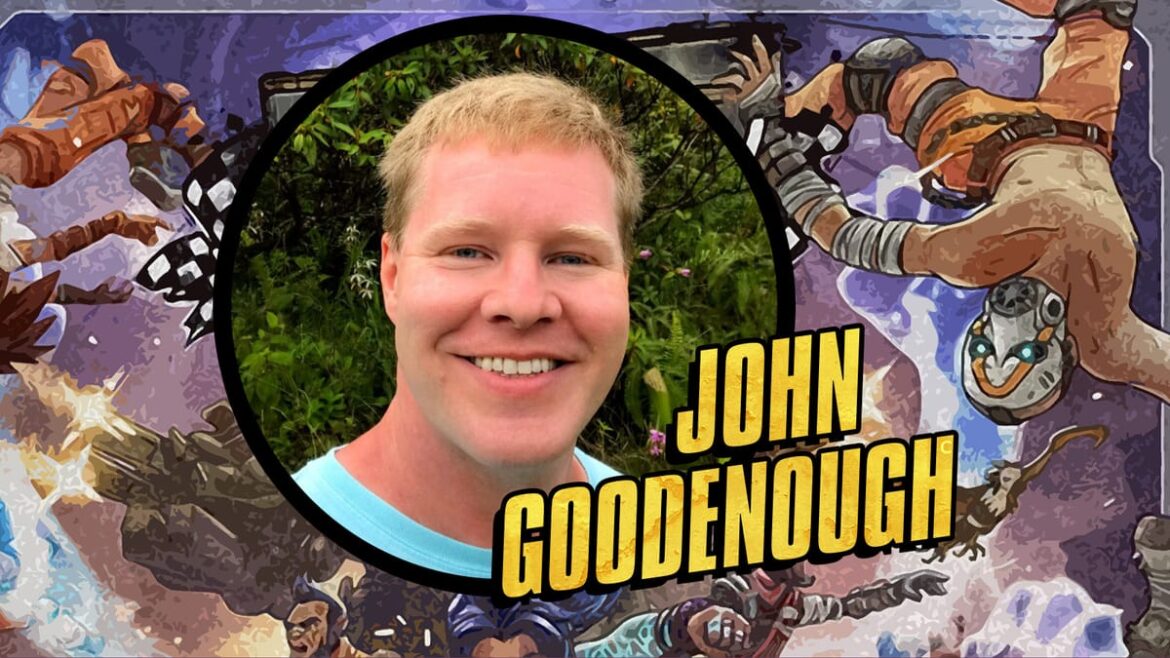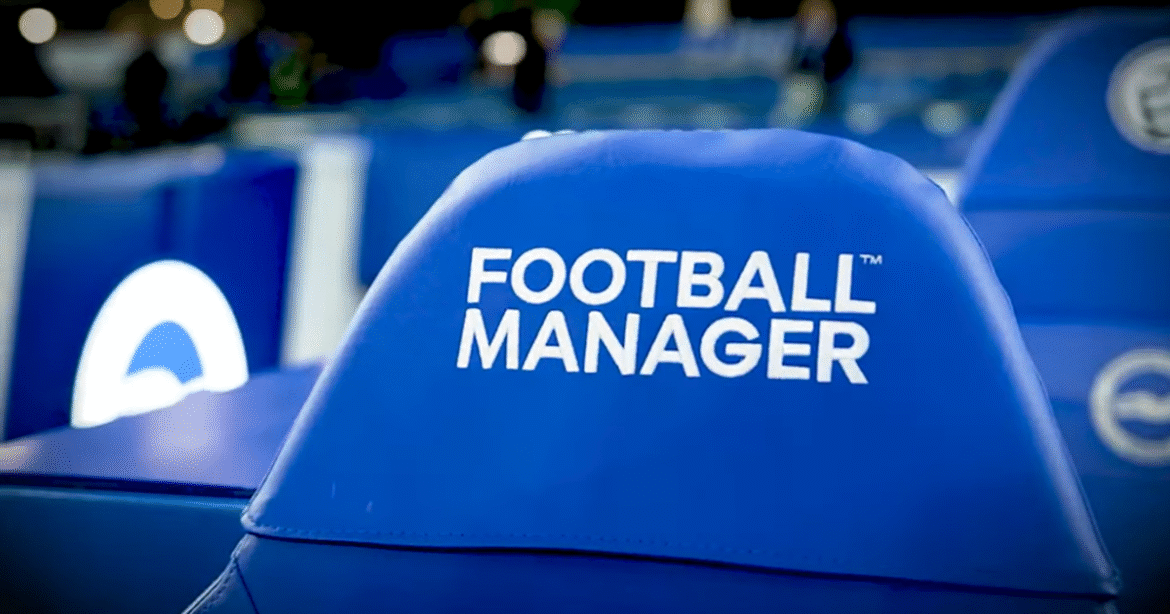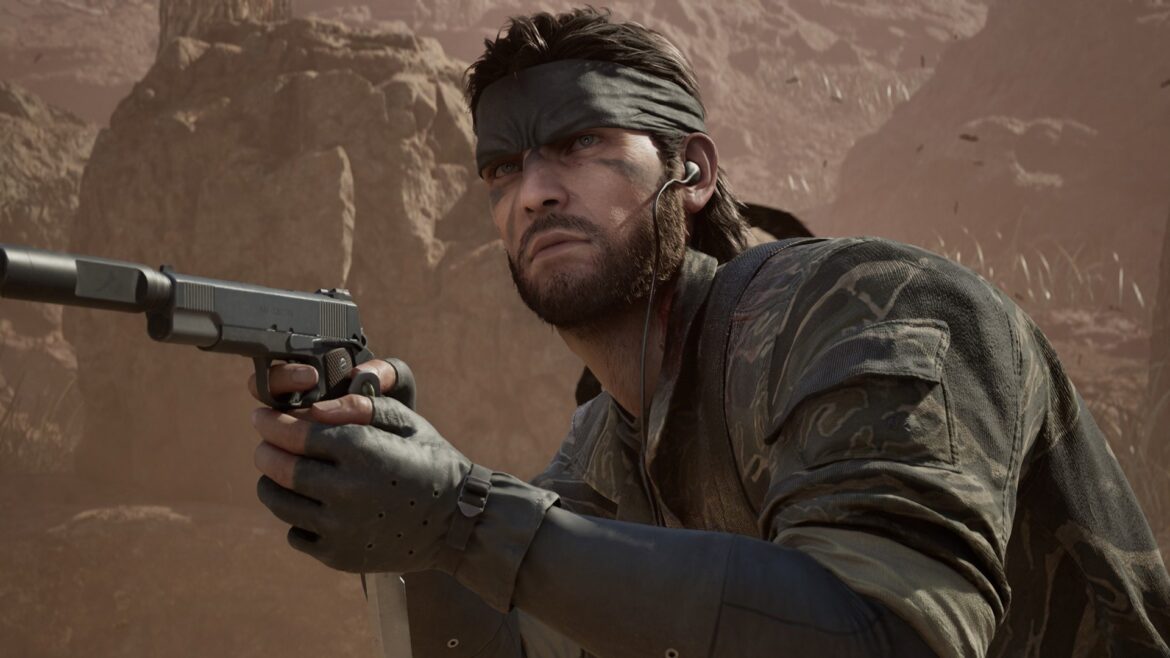Game Informer spoke with Naughty Dog president and The Last of Us director Neil Druckmann last year on the set of The Last of Us Season 2. Since then, he’s revealed he is stepping back from Season 3 of the show to focus on developing the studio’s next game, Intergalactic: The Heretic Prophet, which Naughty Dog revealed at The Game Awards 2024 last December.
In a new interview with Variety, Druckmann discussed a number of things about Intergalactic, including casting Tati Gabrielle as the game’s lead, Jordan A. Mun, working with Joel actor Troy Baker again, casting The Last of Us Season 2 actor Tony Dalton (who played Joel’s dad), and more.
Perhaps the most revealing statement from Druckmann came when Variety asked him about his description of Intergalactic as having “the deepest gameplay” in Naughty Dog history.
“You can look at our previous titles and see the evolution going from ‘Uncharted,’ where we’re really cutting our teeth on a realistic character-action game, third-person shooter, combined with emotional storytelling,” Druckmann said. “With ‘The Last of Us,’ we added some RPG elements, we started playing with wide linear layouts. Continue that trajectory forward, add sci-fi, and you start to get the sense of what we’re doing, and then we’ve gotten even more ambitious than that.”
My money’s on a deep, third-person, character-driven RPG with multiple open hubs to explore, and I hope I’m right.
When asked about Gabrielle’s casting, Druckmann explains Naughty Dog had an idea of who protagonist Jordan is as a character, but via documents and backstories – scripts and gameplay come much later as the team wants the space to “run experiments and prototypes and then see what works, what doesn’t work,” and so on.
“We were kind of at that stage when we started talking to [Gabrielle],” Druckmann told Variety. “That came about because we had just cast her in Season 2 [of The Last of Us], and just got the idea that she might be perfect for this role. Then she showed up, she came by Naughty Dog, I pitched her the story as it was at the time, and we kind of walked through it beginning, middle, end, and explained what her role would be.
“I asked her if she’d be willing to audition, and she was. We had her on stage, and I asked Troy to come in and read with her, so she read against Troy Baker. We were just very confident that is our Jordan A. Mun.”
Druckmann says since then, he’s been writing with Gabriella, something he did with Ellie actor Ashley Johnson and Baker when making The Last of Us. “[Gabrielle’s] been just as influential in the writing and the thinking of this character, her arc, and I believe she’s gonna be very iconic and complex and interesting in the Naughty Dog tradition.
Speaking of Baker, Druckmann says, “Troy is in the game, and it’s been five years since I’ve worked with Troy, and I’ve got to do it again, and it was a lot of fun to be on stage with him again.”
The final piece of casting information from this interview is about Dalton. Druckmann says after working with him on Episode 206 of The Last of Us where he played Joel’s dad, he DM’d him on Instagram to ask if he’d jump into a Zoom call to check out Intergalactic. “We jumped on a Zoom call, and I showed him parts of the game, and I talked to him about it,” Druckmann said. “He’s like, ‘Yeah, I’m in. I’d love to do it.’ So Tony Dalton is there, and maybe there’s a few more [of actors from Season 1 or Season 2 of The Last of Us].”
Intergalactic: The Heretic Prophet is due out on PlayStation 5, though there’s no word on when to expect the game.
In the meantime, read Game Informer’s interview with Druckmann about creating Season 2 of The Last of Us.
[Source: Variety]
When do you think Intergalactic will launch? Let us know in the comments below!





